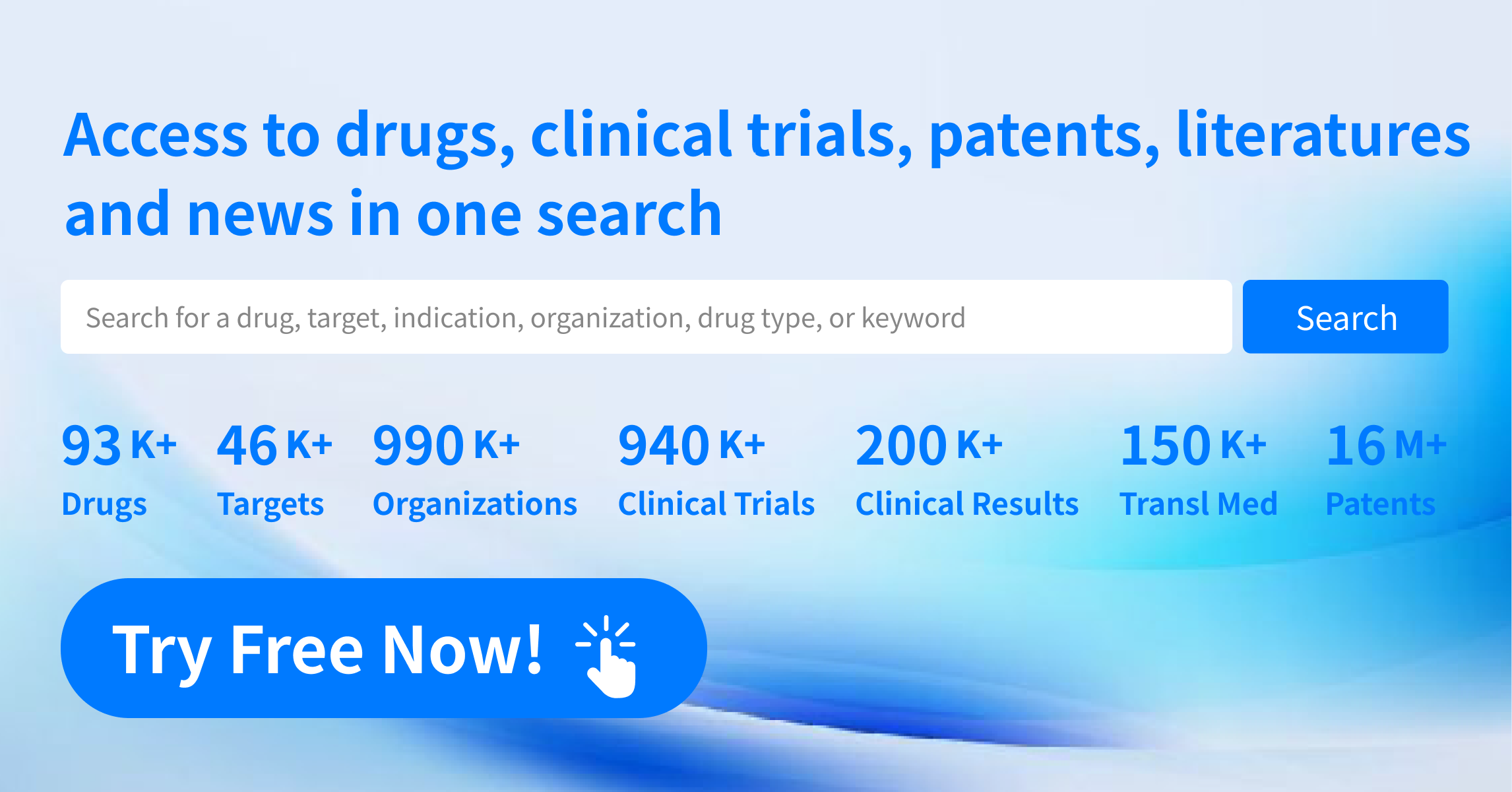Positive Clinical Results for "First-in-Class" PD-1/IL-2 Antibody Fusion Protein in Advanced NSCLC and Colorectal Cancer Released
Recently, Innovent Biologics announced promising clinical results for their potential first-in-class dual-specific antibody fusion protein targeting PD-1 and IL-2 (IBI363), combined with bevacizumab, in the treatment of advanced colorectal cancer. These findings were presented at the 2024 European Society for Medical Oncology (ESMO) Annual Meeting. Additionally, the company presented Phase I clinical data on the efficacy of IBI363 in treating advanced non-small cell lung cancer (NSCLC) at the 2024 World Conference on Lung Cancer (WCLC). The detailed data are summarized as follows:
Phase I Data on Colorectal Cancer Treatment
A total of 35 patients with advanced colorectal cancer received varying dose levels of the combination treatment (0.6 mg/kg IBI363 with 5 mg/kg bevacizumab Q2W, 1 mg/kg IBI363 with 5 mg/kg bevacizumab Q2W, 1.5 mg/kg IBI363 with 7.5 mg/kg bevacizumab Q3W). As of August 30, 2024, the results indicated that among patients with microsatellite stable (MSS) or proficient mismatch repair (pMMR) colorectal cancer (32 patients), the overall objective response rate (ORR) was 21.9% (with a confirmed ORR of 15.6%), and the disease control rate (DCR) was 65.6%. The median duration of response (DoR) for all evaluable patients was 8.1 months (95% CI: 1.5-8.2). The median progression-free survival (PFS) follow-up time was 7.6 months (95% CI: 4.0-9.4), with a median PFS of 4.1 months (95% CI: 1.7-8.1) and a six-month PFS rate of 47.7%. The median overall survival (OS) has not yet been reached.
·In patients with baseline liver metastases (17 patients), the ORR was 11.8% and the DCR was 58.8%. For those without baseline liver metastases (15 patients), the ORR was 33.3% and the DCR was 73.3%.
·Among patients previously treated with immunotherapy (8 patients), the ORR was 25.0% and the DCR was 62.5%. For those who had not received prior immunotherapy (24 patients), the ORR was 20.8% and the DCR was 66.7%.
·In patients with KRAS/NRAS exon 2/3/4 mutations (14 patients), the ORR was 21.4% and the DCR was 57.1%. In those without RAS exon 2/3/4 mutations (10 patients), the ORR was 30.0% and the DCR was 90.0%.
Phase I Data on NSCLC Treatment
A total of 134 patients received IBI363 monotherapy at different dose levels (up to 3 mg/kg Q3W). As of August 2, 2024, reesult shows that,
·among patients with advanced NSCLC who had undergone at least one tumor assessment (125 patients), the overall ORR was 20.8%, and the DCR was 74.4%.
·In the immune-oncology pre-treated advanced lung squamous cell carcinoma subgroup, the 3 mg/kg Q3W group (29 patients) showed a trend for higher ORR and DCR compared to the 1/1.5 mg/kg Q2W or Q3W dose groups (27 patients). For the 3 mg/kg dose group with at least 12 weeks of follow-up or study completion (18 patients), the ORR was 50.0% and the DCR was 88.9%.
·In the 1/1.5 mg/kg lung squamous cell carcinoma subgroup, the 12-month PFS rate was 30.7%; in the 3 mg/kg dose group, the median PFS has not been reached and is still under follow-up.
·Among patients in the 1/1.5/3 mg/kg dose groups with PD-L1 TPS <1% (22 patients) and TPS ≥1% (22 patients), the ORRs were 36.4% and 31.8%, respectively.
Regarding safety, the most common treatment-related adverse events (TRAEs) were arthralgia, anemia, thyroid dysfunction, and rash. The incidence of grade 3 or higher TRAEs was 20.1%, and 6.0% of the subjects discontinued treatment due to TRAEs. Among the 57 subjects in the 3 mg/kg Q3W dosage group, the safety profile was similar to that of the overall population. The incidence of grade 3 or higher TRAEs was 17.5%, and 5.3% of the subjects discontinued treatment due to TRAEs. No new safety signals were observed.
About IBI363
IBI363 possesses dual functionalities: blocking the PD-1/PD-L1 pathway and activating the IL-2 pathway. This dual mechanism allows for more precise and effective targeting and activation of specific T cell subpopulations. The IL-2 arm has been engineered to retain its affinity for IL-2 Rα while diminishing its binding capability to IL-2Rβ and IL-2Rγ, thereby reducing toxicity. Simultaneously, the PD-1 binding arm can block PD-1 and selectively deliver IL-2.
Preclinical data suggest that, compared to the “not-α” IL-2 mutant, the α-biased IL-2 mutant, which retains IL-2Rα binding activity, more effectively activates TSTs. The interaction between CD25 and IL-2 plays a crucial role in the observed synergistic effects between IL-2 cytokines and PD-1 blockade. Additionally, in peripheral applications, the “not-α” IL-2 significantly expands peripheral T cells, while the α-biased IL-2 mutant preferentially expands peripheral Treg cells, thereby mitigating IL-2-induced toxicity. Currently, clinical trials are underway in China, the United States, and Australia to explore the efficacy and safety of IBI363 in treating various advanced malignancies.
About PD-1/IL-2 Drugs
IL-2 is a pivotal cytokine in regulating immune cell cytotoxicity and is primarily secreted by antigen-activated CD4+ T cells. Its receptor (IL-2R) is expressed mainly on activated T cells, NK cells, B cells, and monocyte macrophages. The IL-2 receptor is a heterotrimer composed of α, β, and γ chains, namely IL-2Rα (CD25), IL-2Rβ (CD122), and IL-2Rγ (CD132). IL-2R exists in three forms with varying affinities: the trimeric IL-2R (α, β, and γ) has the highest affinity for IL-2; the dimeric IL-2Rβγ has moderate affinity; whereas the solitary IL-2Rα chain has an affinity for IL-2 that is a thousand-fold lower than the trimeric form and does not conduct downstream signaling. The β/γ chains are essential for activating downstream signaling pathways, while the α chain primarily facilitates their binding.
IL-2 can promote the activation and proliferation of T cells and NK cells, induce the generation of lymphokine-activated killer (LAK) cells, and stimulate the differentiation and effector functions of various cytotoxic cells such as CTLs and LAKs. Thus, it is considered a potential therapeutic target for cancer treatment. As a drug molecule, the development strategy for IL-2 generally focuses on mutating IL-2 to alter its affinity for different receptor subunits, thereby enhancing the activation and proliferation of effector cells and NK cells while avoiding unnecessary activation of Treg cells by the IL-2 receptor trimer. Current development efforts for IL-2-targeted therapies primarily involve fusion proteins. According to incomplete statistics, there are about 20 antibody-fusion protein drugs targeting PD-1/IL-2 in development, with no approved commercial products yet.
About Innovent Biologics
Founded in 2011, Innovent Biologics formally introduced two strategic objectives for its new decade of development during the 2023 annual performance report: sustainable growth and global innovation. In terms of global innovation, the company plans to leverage its well-established antibody platform to expand into ADC and bispecific antibody platforms. The focus will be on addressing unmet clinical needs in key disease areas such as oncology, immunology, cardiovascular and metabolic diseases, and ophthalmology.
In 2023, the company achieved product revenue of 5.7 billion RMB, marking a year-over-year growth of 39%, while net profit saw a year-over-year reduction in losses by 54%, demonstrating the effectiveness of the company's sustainable development strategies. In the first half of 2024, product revenue reached 3.8 billion RMB, representing a 55% year-over-year increase, once again validating its commercial capabilities.
As of August 2024, Innovent Biologics has established 30 global partnerships, secured approval for 10 products, and has 4 products under review by the National Medical Products Administration (NMPA). Additionally, 4 new molecular entities have entered phase III or pivotal clinical studies, with 18 new drug candidates currently in clinical development.
Looking ahead, the company aims to have nearly 20 approved products in the market by 2027. Moreover, it has set an ambitious target to achieve 20 billion RMB in domestic revenue by 2027.
How to obtain the latest research advancements in the field of biopharmaceuticals?
In the Synapse database, you can keep abreast of the latest research and development advances in drugs, targets, indications, organizations, etc., anywhere and anytime, on a daily or weekly basis. Click on the image below to embark on a brand new journey of drug discovery!




